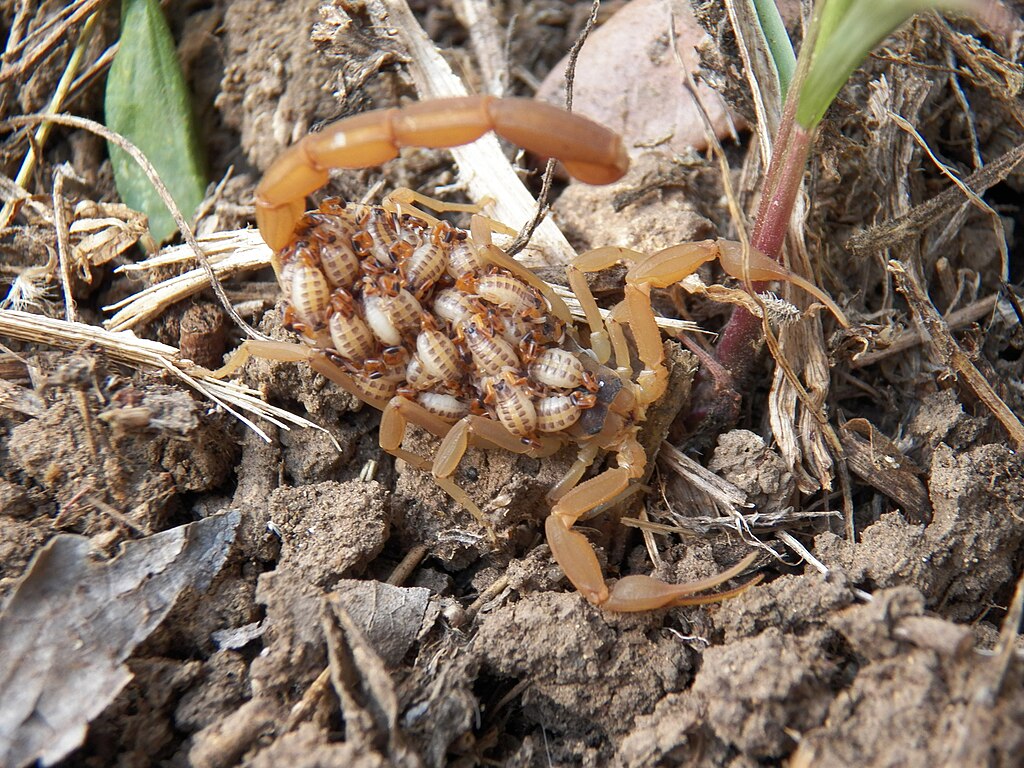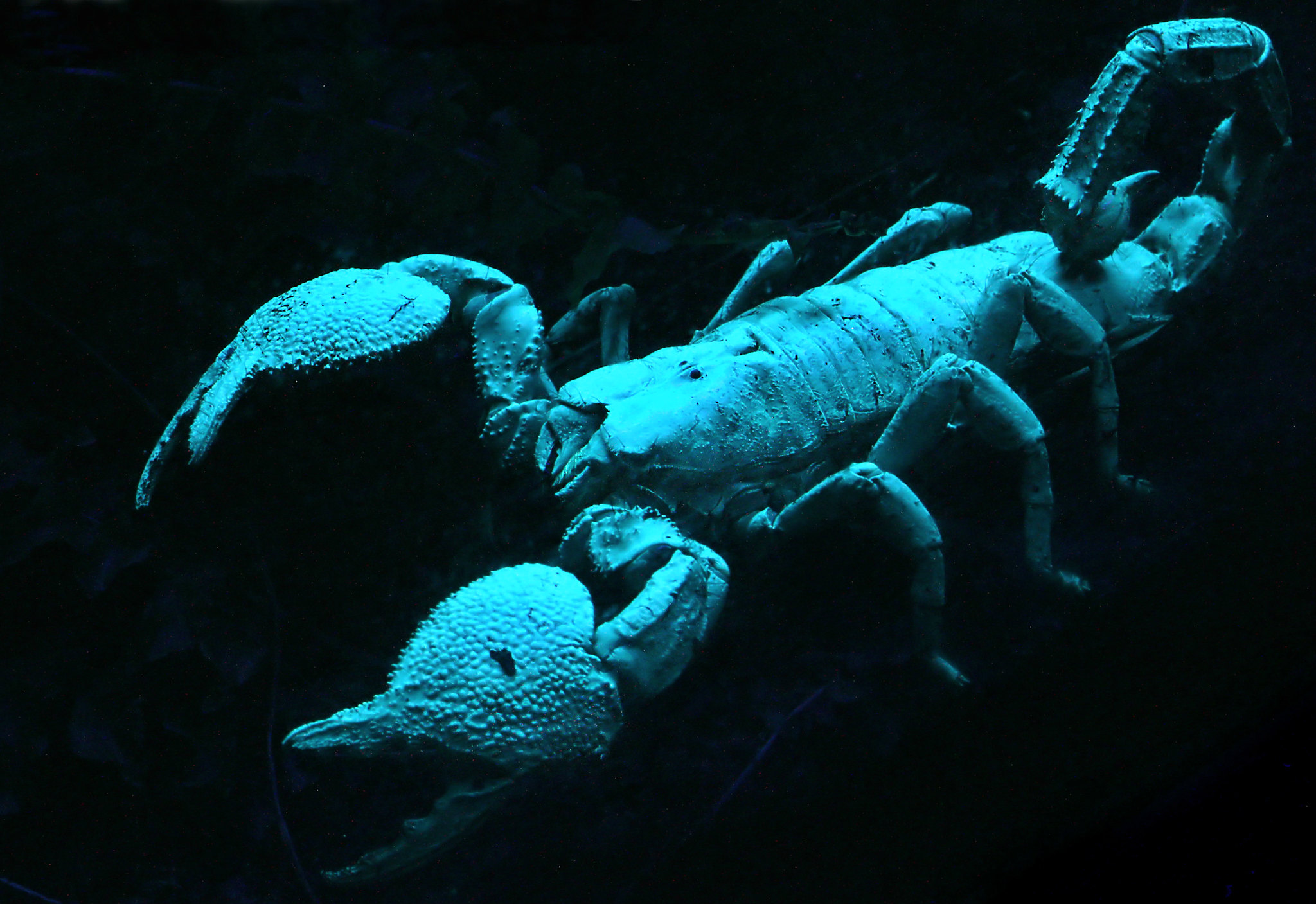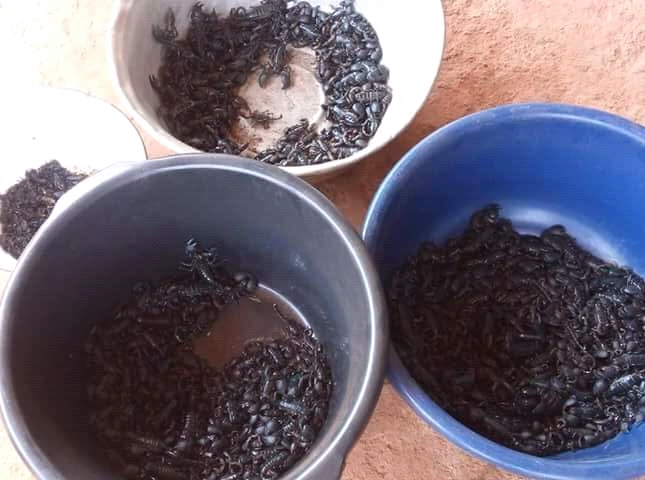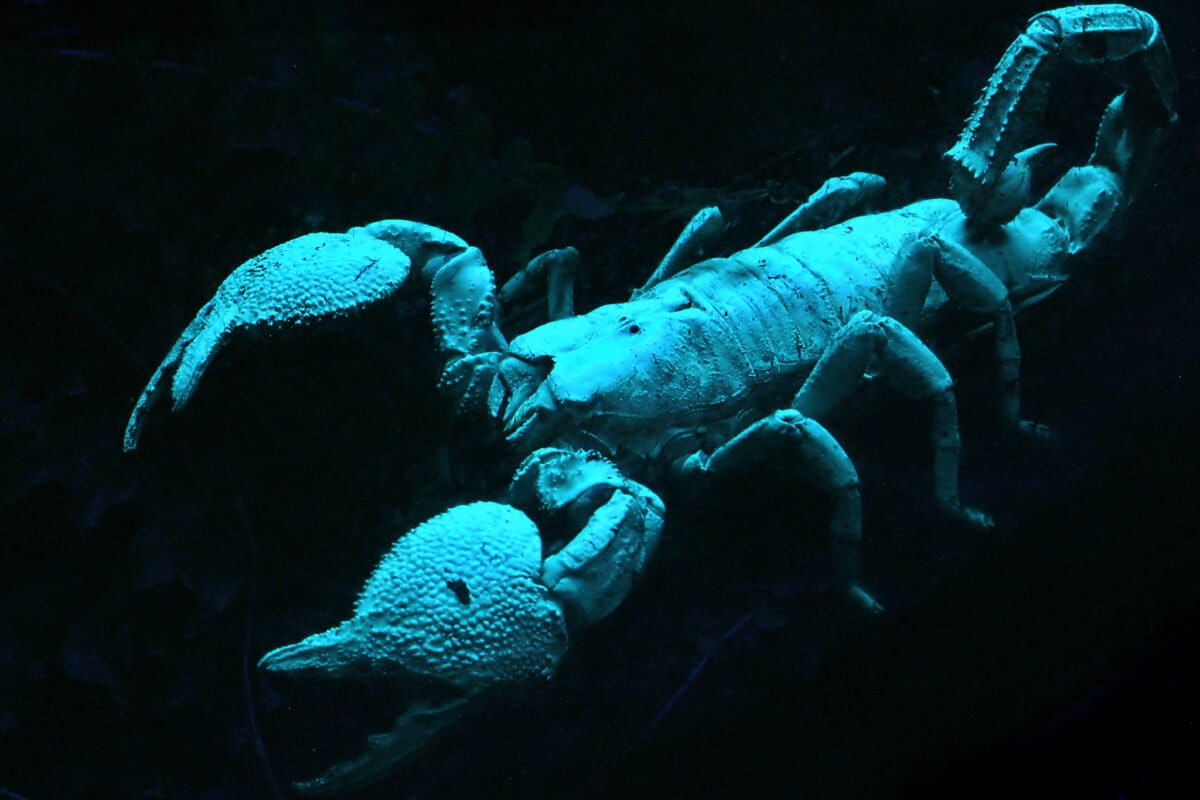Scorpions have survived for more than 400 million years and endured five mass extinctions, but habitat destruction, climate change and overharvesting now pose significant threats to their survival.Scorpions give birth to live young that cling to their backs, the young of some species live with the mother for years, and only about 25 to 30 out of nearly 2,900 known species have venom potent enough to be dangerous to humans.Only five scorpion species have international trade protection, despite 350 being sold in the pet trade.Scientists are calling for improved conservation assessments, stricter trade regulations, and increased local community involvement to protect scorpions and harness their potential medical benefits.
See All Key Ideas
Scorpions are a marvel. Some navigate by the stars and communicate by vibrations. They fluoresce under UV light and can live for decades. Scorpions give birth to live young who cling to their backs, and the young scorplings (yes, that’s what they’re called) of some species will linger in the mother’s burrow for years.
Although scorpions appear invincible and have endured for more than 400 million years, humans are pushing them to their limits. A recent letter in the journal Science calls for the greater inclusion of scorpions in conservation.
“There’s a myth that scorpions will probably survive a nuclear holocaust or nuclear winter,” letter co-author Lorenzo Prendini, Curator of Arachnida and Myriapoda at the American Museum of Natural History, New York, told Mongabay. “But I doubt it.”
The threats to scorpions read like a familiar list: habitat destruction from agriculture, mining and urbanization, all made worse by climate change. But scorpions face additional pressures such as overharvesting for venom extraction and the exotic pet trade.
Scorpion venom can be valued at up to $10 million per liter, driving a surge in illegal “venom milking” operations, according to the letter. And while all scorpions are venomous, only about 25 to 30 out of nearly 2,900 known species have venom potent enough to be dangerous to humans.
 Scorpions give birth to live young and carry scorplings on their back. Photo by JawnTEM, CC BY-SA 3.0
Scorpions give birth to live young and carry scorplings on their back. Photo by JawnTEM, CC BY-SA 3.0
Scorpions play vital roles in the ecosystems they inhabit. As dominant arthropod predators, particularly in arid environments, they help control populations of insects that might otherwise damage crops and spread disease. They also serve as important prey for vertebrates and other arthropods, making them integral to food webs across many landscapes. Many burrowing species of scorpions aerate the soil as they dig, improving soil health.
According to Prendini, most scorpion species require pristine habitats to survive, making them indicators of ecosystem health. “If scorpions are disappearing, then that’s a bad sign,” he said.
Most of the nearly 2,900 scorpion species are specialists, adapted to very specific conditions in very specific places. Some exist only on a single island, in a single cave, or atop a single mountain. This specialization makes them vulnerable in ways that contradict their tough reputation.
“People don’t realize that scorpions are found almost everywhere on the planet,” Prendini said. They inhabit all major landmasses except Antarctica, New Zealand and Greenland, ranging from sea level to elevations of 5,000 meters (16,400 feet) in the Andes and Himalayas. Some live in caves nearly a kilometer, or more than half a mile, underground.
 An emperor scorpions (Pandinus imperator) fluoresces under UV light. Photo by SonjaV via Flickr
An emperor scorpions (Pandinus imperator) fluoresces under UV light. Photo by SonjaV via Flickr
But being everywhere doesn’t mean being adaptable everywhere. Many desert scorpions, despite tolerating extreme heat and dryness, depend on particular soil types, vegetation zones or climatic conditions such as fog rolling in from the coast. When these conditions shift, populations can collapse.
“Scorpions have very specialized niches, and they rely on particular microhabitats that are easily altered as a result of changing climate patterns,” Prendini said.
The way scorpions live may make recovery from population losses a slow process. Unlike many insects and spiders that reproduce rapidly, scorpions more closely resemble mammals in their life strategies. Large species can live to 25 or 30 years. Females of some species have gestation periods that can exceed a year, longer than humans. Many species produce small litters and care for their young extensively, with scorplings sometimes remaining with the mother for two or three years.
This means a single commercial collection event or a mine or plough removing a hillside can devastate a population that might take decades to recover, if it recovers at all.
“I’ve seen scorpion populations disappear in my lifetime,” Prendini said. “Many scorpion species are very restricted in distribution. They might occur only on one hill, and if somebody decides they’re going to cover that hill with a vineyard, that’s it.”
 Buckets of emperor scorpions (Pandinus imperator) wild harvested in Cameroon. This species is popular in the pet trade and is one of the few species protected by CITES Appendix II. Photo courtesy of Peter Nsonge.
Buckets of emperor scorpions (Pandinus imperator) wild harvested in Cameroon. This species is popular in the pet trade and is one of the few species protected by CITES Appendix II. Photo courtesy of Peter Nsonge.
According to the letter in Science, the international conservation response to date has been inadequate. Only five scorpion species are listed in CITES, the global convention regulating the international wildlife trade. Until recently, only three species had been evaluated for the IUCN Red List to determine their conservation status. Twenty-six species were added to the list this year, but these represent less than 1% of known scorpion diversity.
Meanwhile, about 350 scorpion species are sold in the exotic pet trade. Many dealers claim their animals are captive-bred, but Prendini is skeptical. “Most species are difficult or impossible to breed,” he said. The animals are often collected illegally in one country, laundered through another, then sold with false paperwork claiming legal, captive-reared origins.
The stakes extend beyond biodiversity. Scorpion venom holds potential for treating diseases, according to the letter. And as ancient creatures, they offer unique insights into how life evolved on Earth.
The researchers propose practical steps, including assessing the conservation status of at least 10% of scorpion species to align with international biodiversity targets, expanding CITES listings, regulating trade more rigorously, and involving local communities in conservation programs.
Scorpions have weathered asteroid impacts and volcanic apocalypses, survived the rise and fall of the dinosaurs, and persisted through ice ages; now they just need to survive humans.
Banner image: An emperor scorpions (Pandinus imperator) fluoresces under UV light. Photo by SonjaV via Flickr.
New ‘ghost’ scorpion among several species recorded for the first time in Malaysian rainforest
Citation:
Blasco-Aróstegui, J., Moreno-González, J. A., Loria, S. F., Carvalho, L. S., Bird, T. L., Nguyen, A. D., … Prendini, L. (2025). Include scorpions in global conservation plans. Science, 389(6765), 1099-1100. doi:10.1126/science.adz4176
FEEDBACK: Use this form to send a message directly to the author of this post. If you want to post a public comment, you can do that at the bottom of the page.

